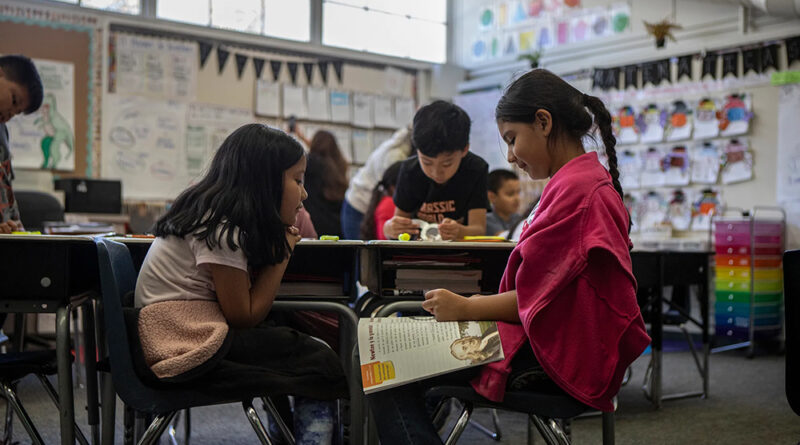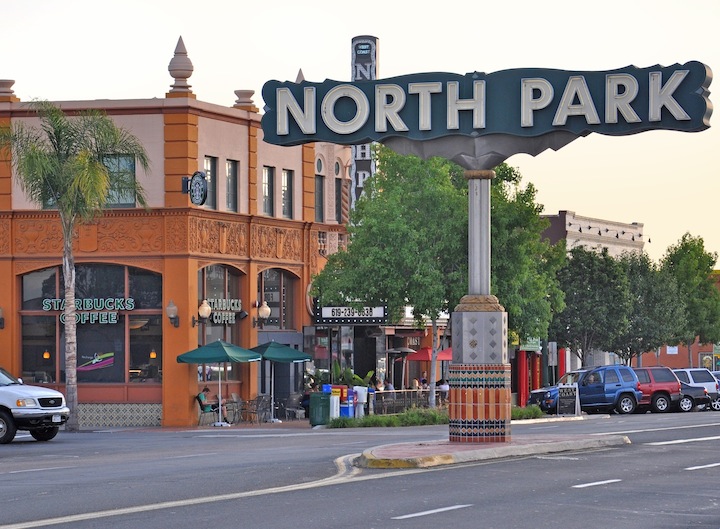Daily Business Report: December 30, 2024
BY TARA GARCÍA MATHEWSON
California first demanded public education be conducted exclusively in English in 1872, a policy that stayed on the books until Ronald Reagan, as governor, signed a law to get rid of it in 1967. About a decade later, the state started to require bilingual education for kids who couldn’t understand English, taking up a Civil Rights-era argument that the children of immigrants deserved an education in their native language to be able to get the full benefits of public schooling. Other immigrant-heavy states passed the same requirements, including Texas, Illinois, and New York. But California made a radical break with its peers in 1998 when voters approved another English-only law. For nearly two decades, bilingual education became increasingly popular among native English speakers and celebrated as a best-practice for educating the children of immigrants, but the nation’s most linguistically diverse state continued to ban it.
We investigated the fallout of that ban and the state’s limping recovery since voters repealed it in 2016, conducting nearly three dozen interviews with researchers, policymakers, state education officials, advocates, bilingual educators, school leaders, teachers, parents, and students in California as well as education leaders in Texas, Illinois, and Colorado, where bilingual education has been a priority in state education policy for decades, and in Massachusetts, which is recovering from a 15-year-long ban of its own.



